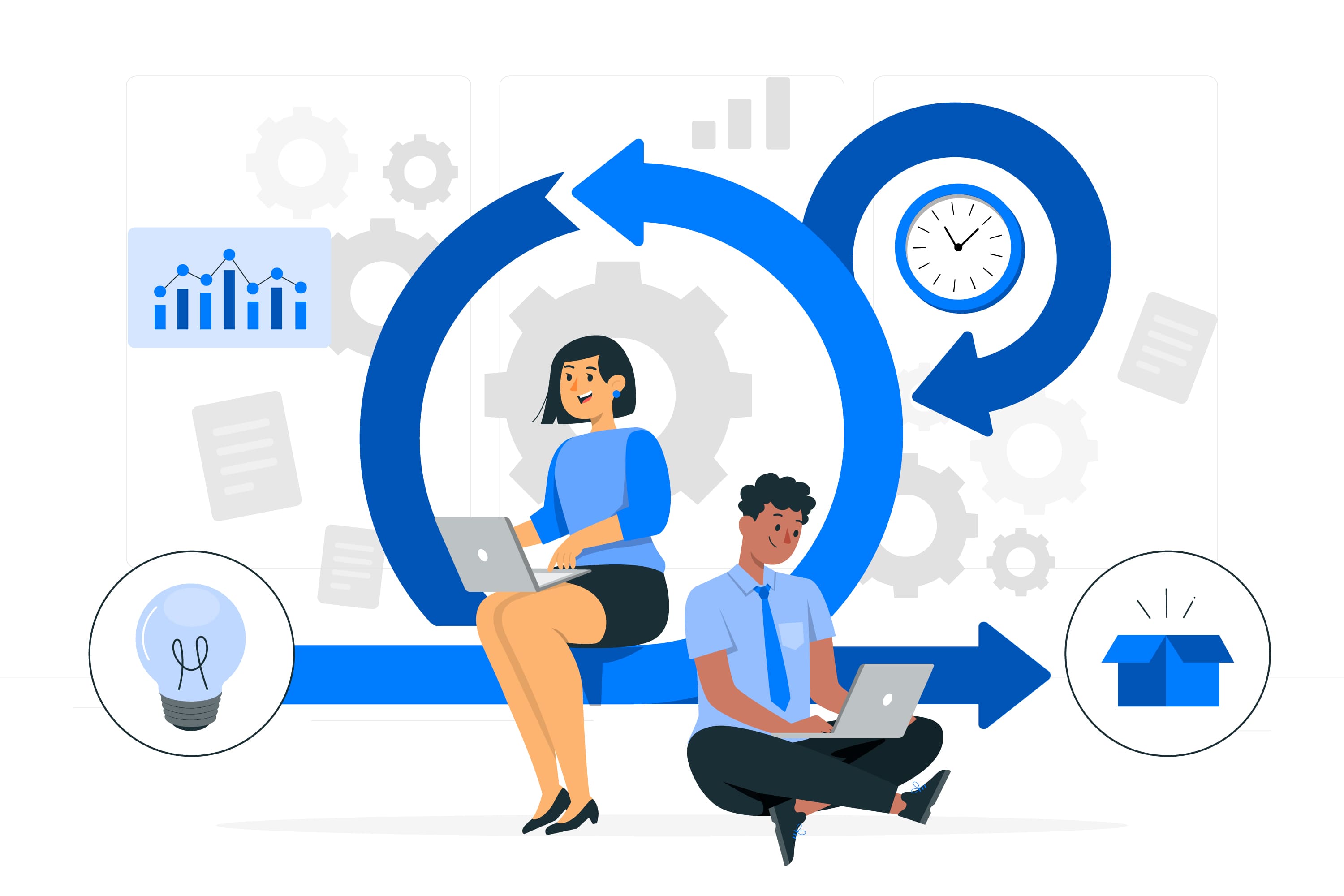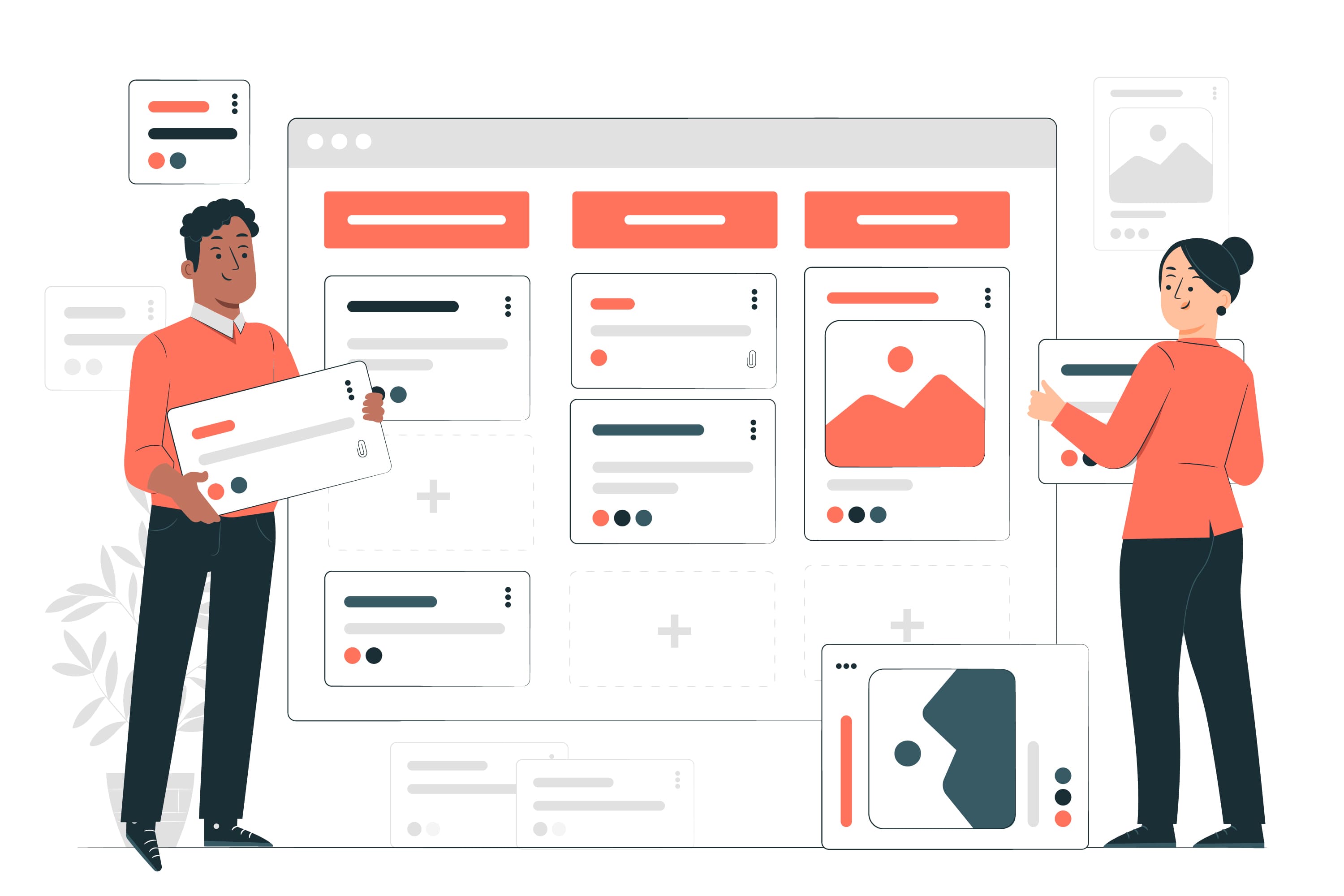- Explore popular Agile project management frameworks such as Scrum, Kanban, and Lean.
- Understand the key concepts, roles, and processes in each framework.
Agile project management encompasses various frameworks and methodologies designed to help teams deliver value in an iterative and flexible manner.
Three popular Agile frameworks are Scrum, Kanban, and Lean. Each has its own set of principles, roles, and processes.
1. Scrum:
Key Concepts:
- Sprints: Scrum projects are divided into fixed-length time intervals called sprints (usually 2-4 weeks). During each sprint, a potentially shippable increment of the product is developed.
- Scrum Team: A Scrum team typically consists of a Product Owner, Scrum Master, and Development Team. They collaborate closely to deliver the product.
- Product Backlog: A prioritized list of features, user stories, or tasks that need to be developed. The Product Owner manages this backlog.
- Daily Scrum: A brief daily meeting where team members share progress and discuss any obstacles.
- Sprint Review: A meeting at the end of each sprint where the team demonstrates the completed work to stakeholders for feedback.
- Sprint Retrospective: A meeting after each sprint where the team reflects on their processes and identifies areas for improvement.

Suppose a software development team is using Scrum to create a new mobile app. They have two-week sprints. In the first sprint, they work on the app’s login functionality. At the end of the sprint, they hold a sprint review where they demonstrate the login feature to the product owner and gather feedback.
2. Kanban:
Key Concepts:
- Visual Board: Kanban teams use a visual board with columns representing different stages of work (e.g., To Do, In Progress, Done). Each work item is represented by a card or sticky note.
- Work in Progress (WIP) Limits: Each column has a WIP limit, indicating the maximum number of items allowed in that stage. This prevents overloading and encourages flow.
- Pull System: Work is pulled from one column to the next as capacity becomes available, based on WIP limits.
- Continuous Flow: Kanban emphasizes a continuous flow of work with a focus on minimizing bottlenecks and delays.

3. Lean:
Key Concepts:
- Value Stream Mapping: Lean focuses on identifying and eliminating waste in processes through value stream mapping. This involves mapping the entire process to understand where value is added and where it is not.
- Just-In-Time (JIT): The goal of Lean is to deliver value just in time, reducing inventory and waste. This often involves minimizing work in progress.
- Kaizen (Continuous Improvement): Lean encourages a culture of continuous improvement where teams regularly reflect on their processes and make incremental changes.
- Respect for People: Lean emphasizes respecting and involving the people doing the work, as they are closest to the process and often have valuable insights.

Each of these Agile frameworks offers a unique approach to managing projects, and organizations often choose the one that best suits their needs and project characteristics. Some teams even combine elements of multiple frameworks to create a hybrid approach tailored to their specific context.
Next: 3. Scrum Framework
